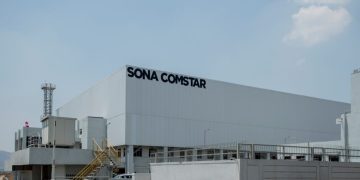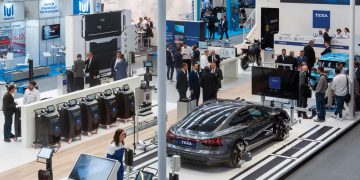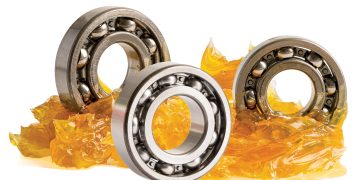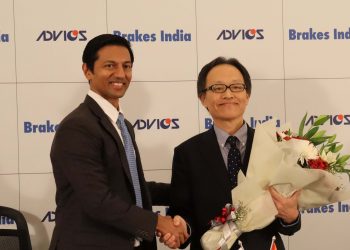Magna‘s Gen5 system is a versatile front camera module in a single unit, offering extended-range sensing and side detection capabilities. It is designed for mass production to outfit various platforms across different regions and vehicle models.
The substantial business award will facilitate the support of various platforms, spanning different regions and vehicle models, in the coming years. Magna has utilized its leading expertise in camera technology and global manufacturing processes to create an adaptable front camera module, which it will be delivering to the automaker.
This complete forward-facing camera system boasts an expansive field of view, encompassing horizontal angles of 120 degrees and vertical angles of 48 degrees. This wide perspective enables the system to perceive obstacles at distances exceeding 160 meters ahead of the vehicle, as well as detect objects at the sides, including traffic lights, emergency vehicles, and vehicles merging into the lane. The camera provides an impressive eight-megapixel resolution, operates at a swift frame rate of 36 frames per second, and captures images in full color. Moreover, the microcontroller can be customized for sensor fusion, accommodating up to five radar sensors.
Sharath Reddy, Senior Vice-President at Magna Electronics, emphasized their commitment to delivering cutting-edge solutions and innovations that prioritize road safety for all road users. With their latest-generation front camera module system, they are advancing driver assistance by offering essential features that keep drivers engaged and provide real-time insights about the road, equipping them with a comprehensive understanding of their surroundings.
The system offers features like:
- Trained Park Assist (TPA): A convenience feature enabling automatic parking based on previously learned ‘park-in’ or ‘park-out’ paths.
- Environmental Condition Recognition (ECR): Identifies road surface conditions like wetness or snow coverage ahead to assist piloted driving functions.
- Monocular Scene Reconstruction (MSR): Detects transitions between drivable and non-drivable areas, such as shifts from asphalt to grass or construction site boundaries.
- Hazard Detection (HZD): Recognizes stationary obstacles on the road to prevent collisions.



























































